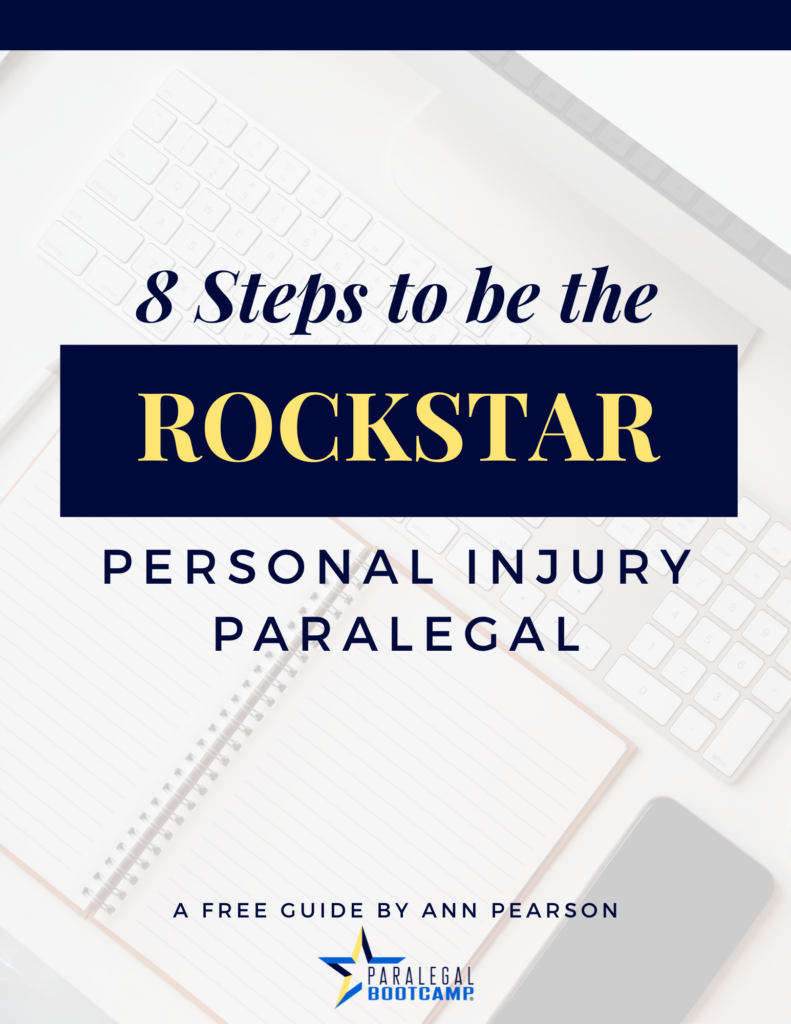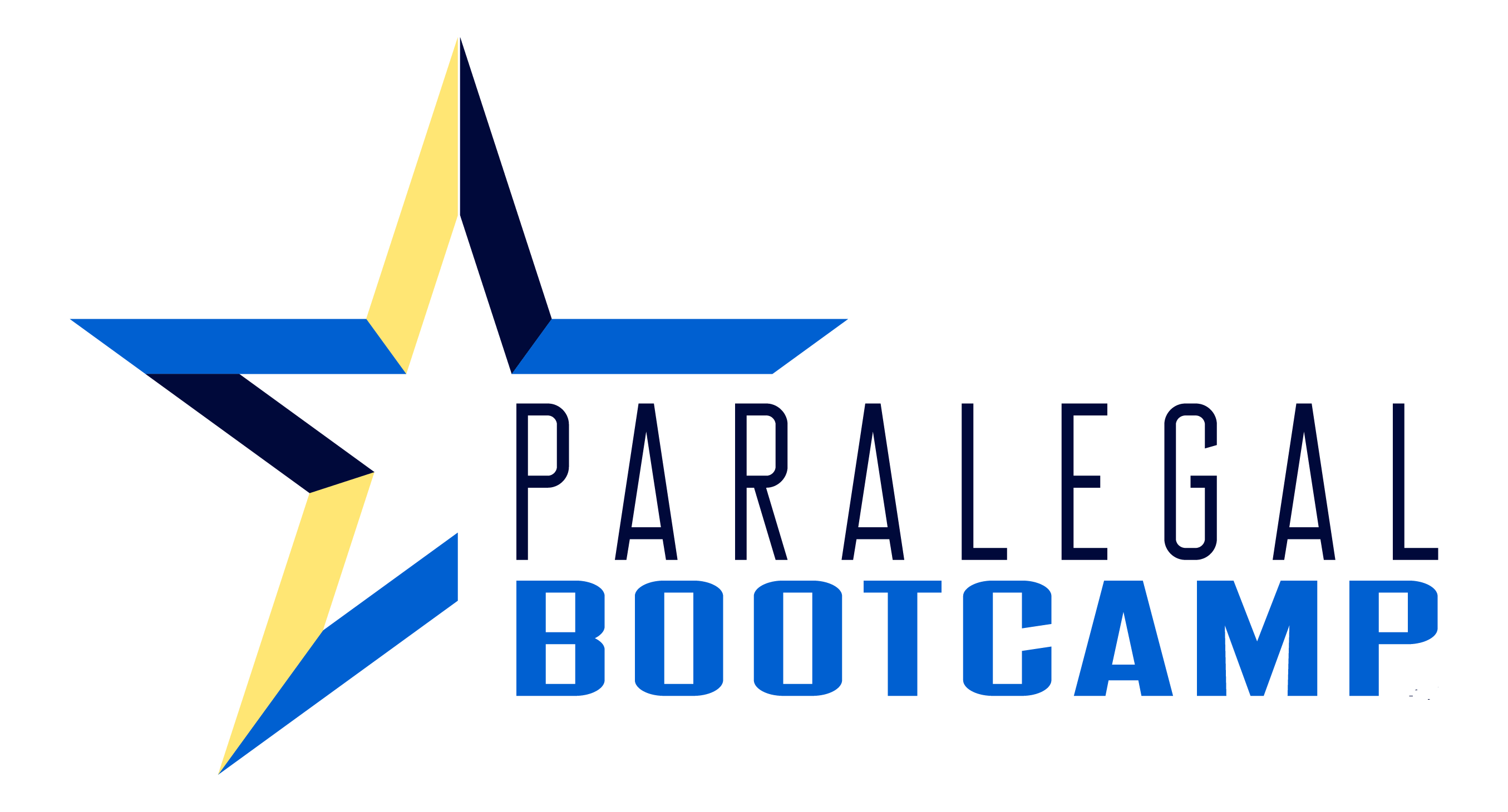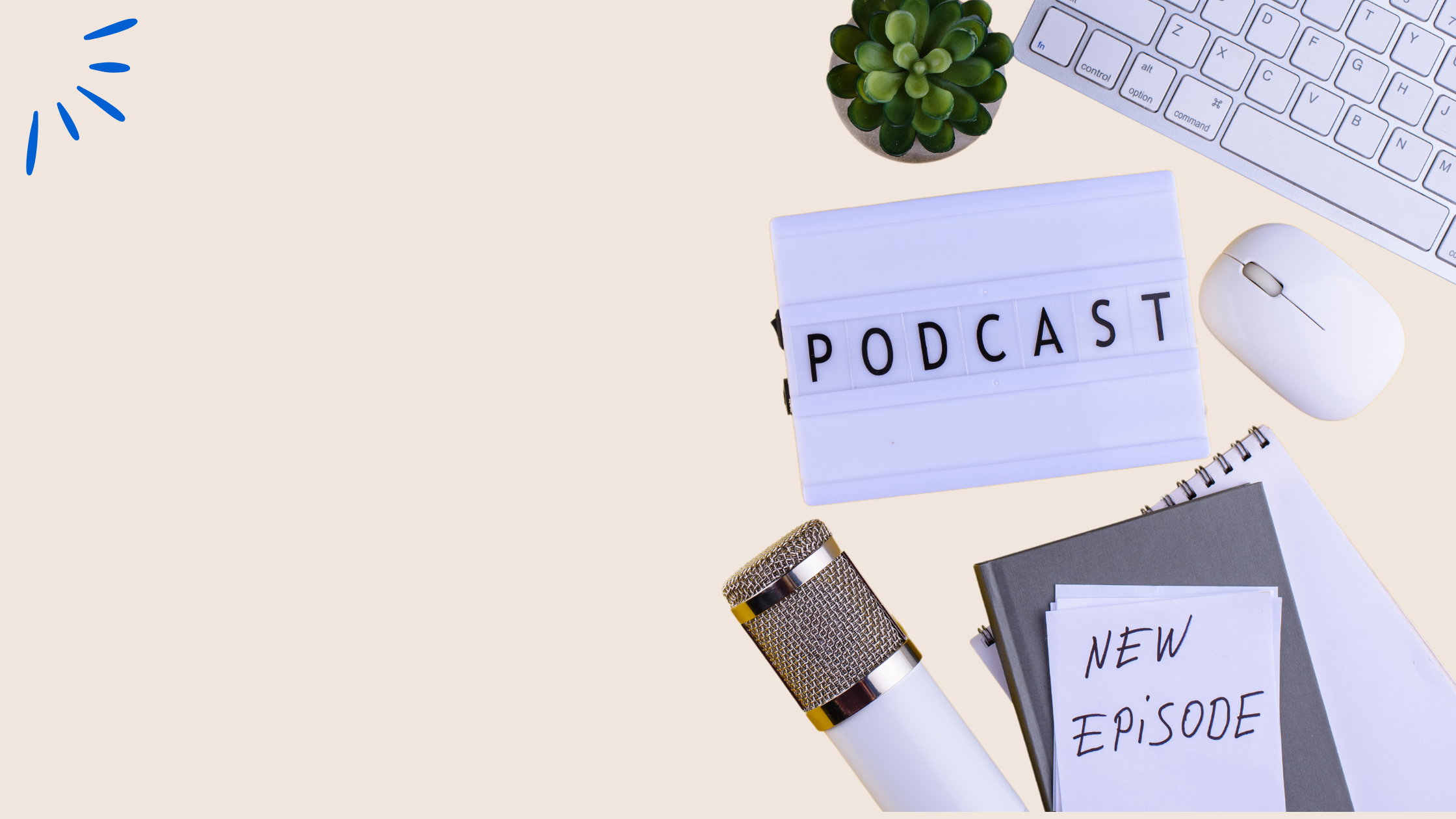One of the essential job responsibilities of a personal injury paralegal is to put together high-quality demand packages to help promote the pre-litigation settlement of personal injury claims.
Unfortunately, we all know that, more often than not, many cases go into litigation. Sometimes, the insurance company refuses to settle the claim. Other times, the insurance company is less likely to settle because the demand package did not include everything they needed to assess the economic and non-economic damages to the client correctly.
Personal injury paralegals are typically up against so many deadlines for cases already in litigation that the pre-litigation cases can fall to the wayside if we are not careful.
Taking the time to prepare high-quality demand packages will allow us to settle more cases before they have to be filed with the court, which will ultimately cut down on our amount of work.
This is one of the many ways a personal injury paralegal can be an indispensable member of the team.
Get the Records Early
One of the most important aspects of a personal injury case is the medical records and bills. Unfortunately, this can also be one of the most time-consuming and frustrating aspects for personal injury case managers and paralegals.
Have a sense of urgency when getting the list of medical facilities and providers from the client so that you can prepare and request the records and bills as quickly as possible.

Pre-COVID request fulfillment was terrible, especially when you requested from facilities that use third parties to process their requests. But now that we are post-Covid, requesting records from facilities that use third-party companies has become miserable, mainly due to their staff shortage and the backlog of requests.
The faster you can get your requests out, the more likely you will receive all the records and bills you need for the demand prior to it becoming an emergency (such as when the statute of limitations to file is approaching).

Free Guide for
Personal Injury Paralegals
Are you ready to be a rockstar personal injury paralegal?
When you’re starting out, it’s hard to know where to even start. We’ve got you covered! Here is your checklist.
The Paralegal Boot Camp gives you 8 actionable steps to get you started right now on a path to success.
Our free guide shares the 8 steps you need to take right now to start standing out at your firm.
Two other essential documents to request right away are the accident report and the client’s employment records.
The Accident Report is important for showing proof that the client was not at fault, and it’s typically not that difficult to receive once it’s been requested.
The client’s employment records are also vital for proving past and future lost wages and showing proof of no prior workman’s compensation injuries. Or, if the client has had a prior work-comp injury, the employment records can show that the injury was not to the same body part as this current injury.
Unfortunately, I have encountered some cases where I had to subpoena the client’s employment records. That process can sometimes take up to a month or so longer than you initially anticipated, depending on the HR department’s response time to your original request, asking if they can simply provide you with the records.
Organize the Records
There are two very important steps I take as soon as I start receiving medical records and bills:
1. I put all the records in chronological order from each facility, beginning with the first date of service (that way, it’s like reading a book from beginning to end on the client’s treatment) and
2. I begin putting together a medical chronology log.
Medical chronology logs have saved me so many times. In so many cases, it comes into question if you have all the medical records and when the insurance company challenges you on charges (because you already know the insurance company will try to shortchange clients any chance they get).
My basic setup of a medical log is to use Excel spreadsheets and to document the date of service (Column A), the provider (Column B), a description of the visit (Column C), and the charge(s) (Column D).
It can also be extremely helpful to document if any imaging was done or if any referrals were made so you can follow up on receiving the imaging if a third-party facility did it. You can follow up with the facility from the referral.
Often, if a client has been treated at a number of facilities or if they suffered a brain injury, they might forget to tell you everywhere they were treated. So, thoroughly reading through and documenting other facilities or procedures mentioned in the medical records can help you make sure you’re getting everything you need prior to prepping the demand.
Get tips on how to be a successful personal injury paralegal.
Other Records to Consider in the Personal Injury Demand Package
Once you have all the documents you need to start prepping the demand, it’s important to determine the main injuries and what the future treatment of those injuries could potentially be, especially if surgery or multiple surgeries are a possibility, which is usually noted in the medical records.
Suppose the client lets you know that surgery/surgeries are a possibility, but you don’t read it in any medical records. In that case, I highly recommend getting a letter that explains what the possibility of surgery looks like from the doctor to include with the demand package, as well as getting a quote for the cost of the surgery/surgeries from the billing departments.
You will need to make sure to get a quote for the surgery from both the doctor’s office and the surgery facility (the surgery facility sometimes does not include the cost of the anesthesiologist, so you need to make sure to get that quote as well).
Personal Injury Paralegal Boot Camp
As a personal injury paralegal, you have an important role in the pre-litigation phase of your claim files.
But where do you even start when you’re managing 80+ active files?
This online course will give you all the tools to manage that heavy case load. It walks you through every phase of your personal injury claim files, from the case intake through the demand package and more.

Sections of the Demand Letter
Most attorneys have their own style and format for their demand letters, but a few things that I always make sure to add in when prepping a demand letter are:
1. The client’s prior medical history.
Including the client’s prior medical history can help reduce or diminish any questions the insurance company might have about prior injuries to the same body part, if any.
2. The diagnosis codes for each injury.
The diagnosis codes provide clear medical information that leaves no room for the insurance company to “interpret” the exact injuries sustained by the client.
3. A brief but detailed description of each date of service.
Giving a brief description of each date of service will again provide the insurance company with clear medical information and again leave no room for them to dispute anything dictated by the provider, especially future medical care.
4. A table that shows the total charges for each facility.
Including a table that shows the total charges for each facility breaks down the total economic damages for the insurance company and can help with any monetary damages that they might try to dispute.
5. Out-of-pocket expenses.
Making sure to list the out-of-pocket expenses individually instead of just bundling them together in one lump sum and including them in the total amount will again help with any disputes the insurance company might come back with.
Typically, the most common out-of-pocket expense that gets left out is the mileage to and from doctor’s appointments, but this is the main out-of-pocket that can very quickly add up if multiple providers are treating the client.
It can continue to add up over the years if continued medical treatment is required. If the client hasn’t done it, it’s as simple as googling the distance from their house or work to the medical facility and back, multiplying that by the IRS mileage rate set for that year.
6. The non-economic effects of the injuries on the client.
Including the non-economic effects of the injuries on the client is important, and including testimonials from family or friends who have helped with the caregiving of the injured client can help prove just how much the injury/injuries have affected the everyday life of the client.
These testimonials can be included as exhibits or included in one of the sections of the demand. If the testimonials can include how independent the client was prior to the incident, that can help demonstrate the effect of the injuries on the client, including how dependent they have become on others to help them in their day-to-day life.
I hope these paralegal tips and tricks help personal injury paralegals prepare their next demand package and hopefully get some bonus points with the boss!

Meet the Author
Ciara Clyncke has been working in the legal field since 2015 handling mainly civil litigation cases. She quickly moved into the paralegal role and in addition to working on civil litigation cases, has also worked on criminal defense cases and class action lawsuits. She enjoys working as a civil litigation paralegal and spending time with her two young toddlers and heeler.

























